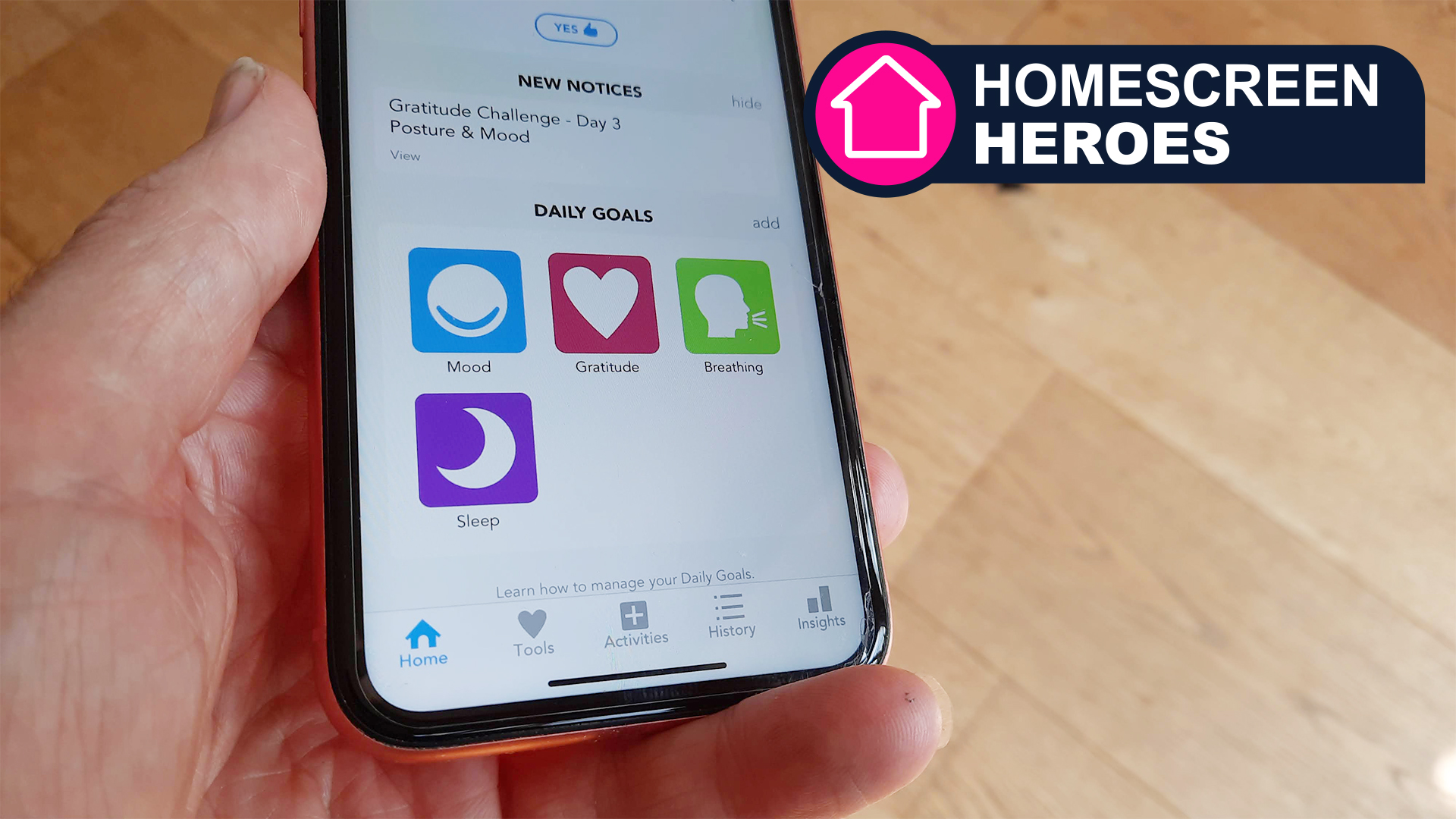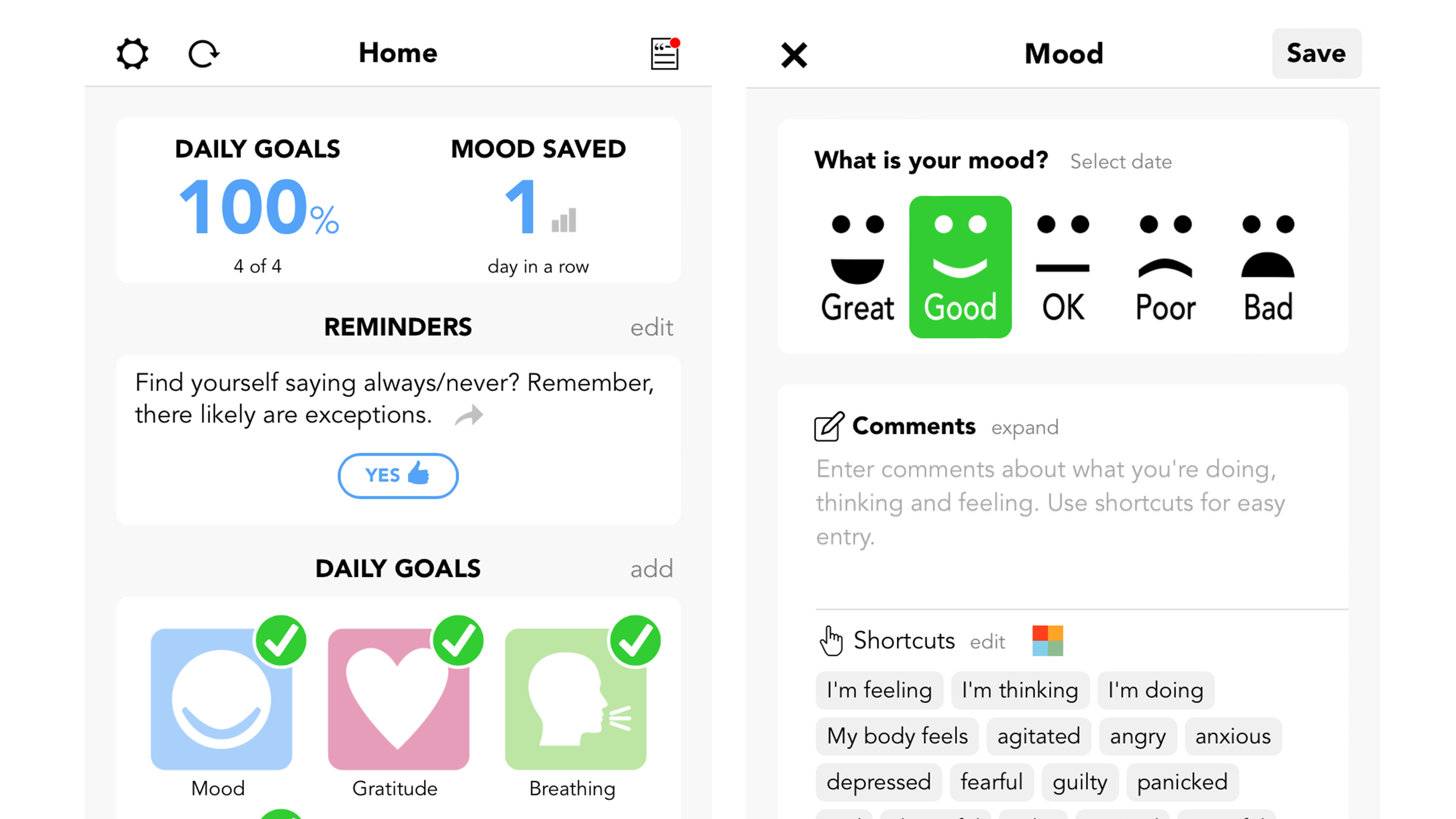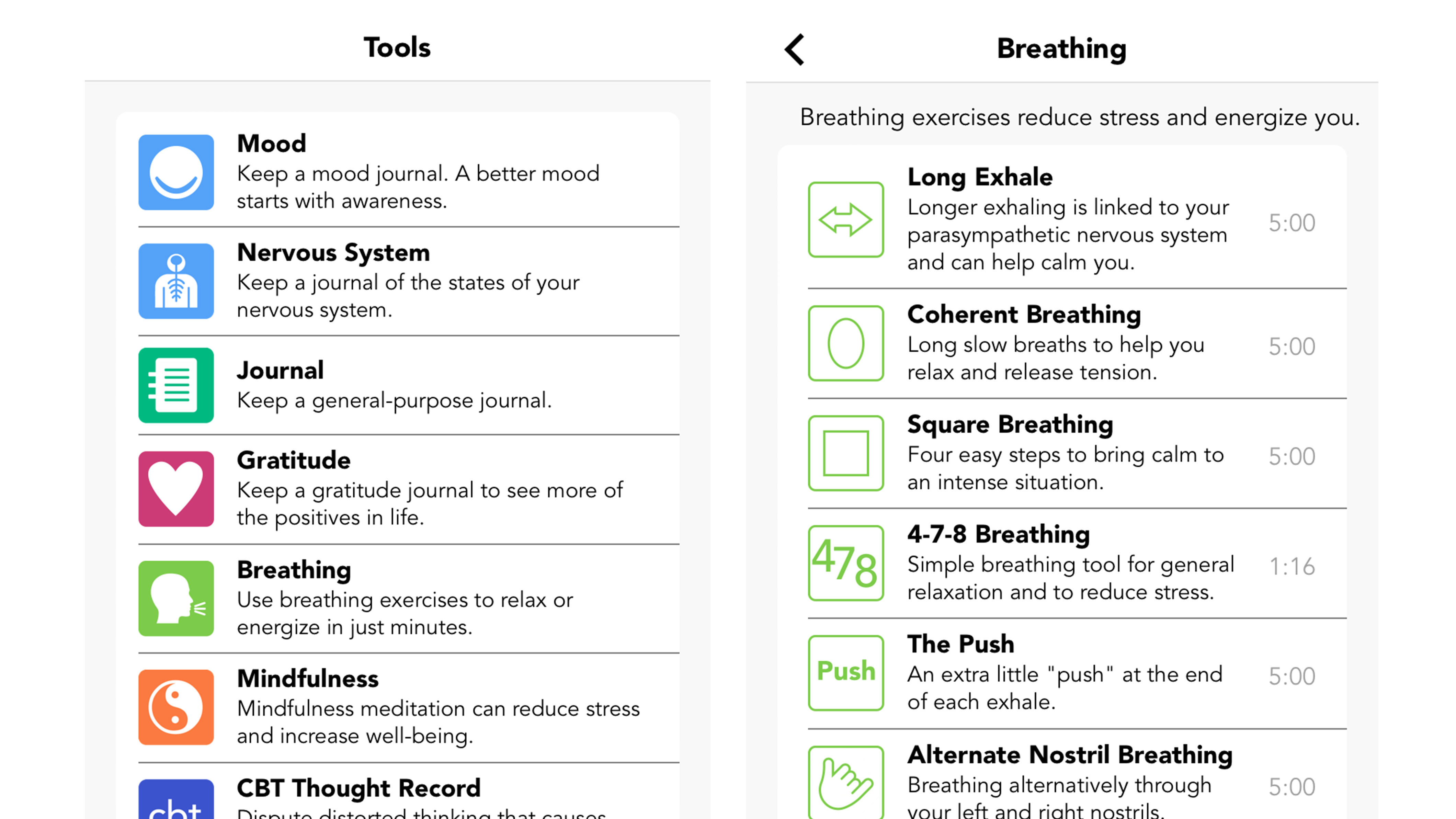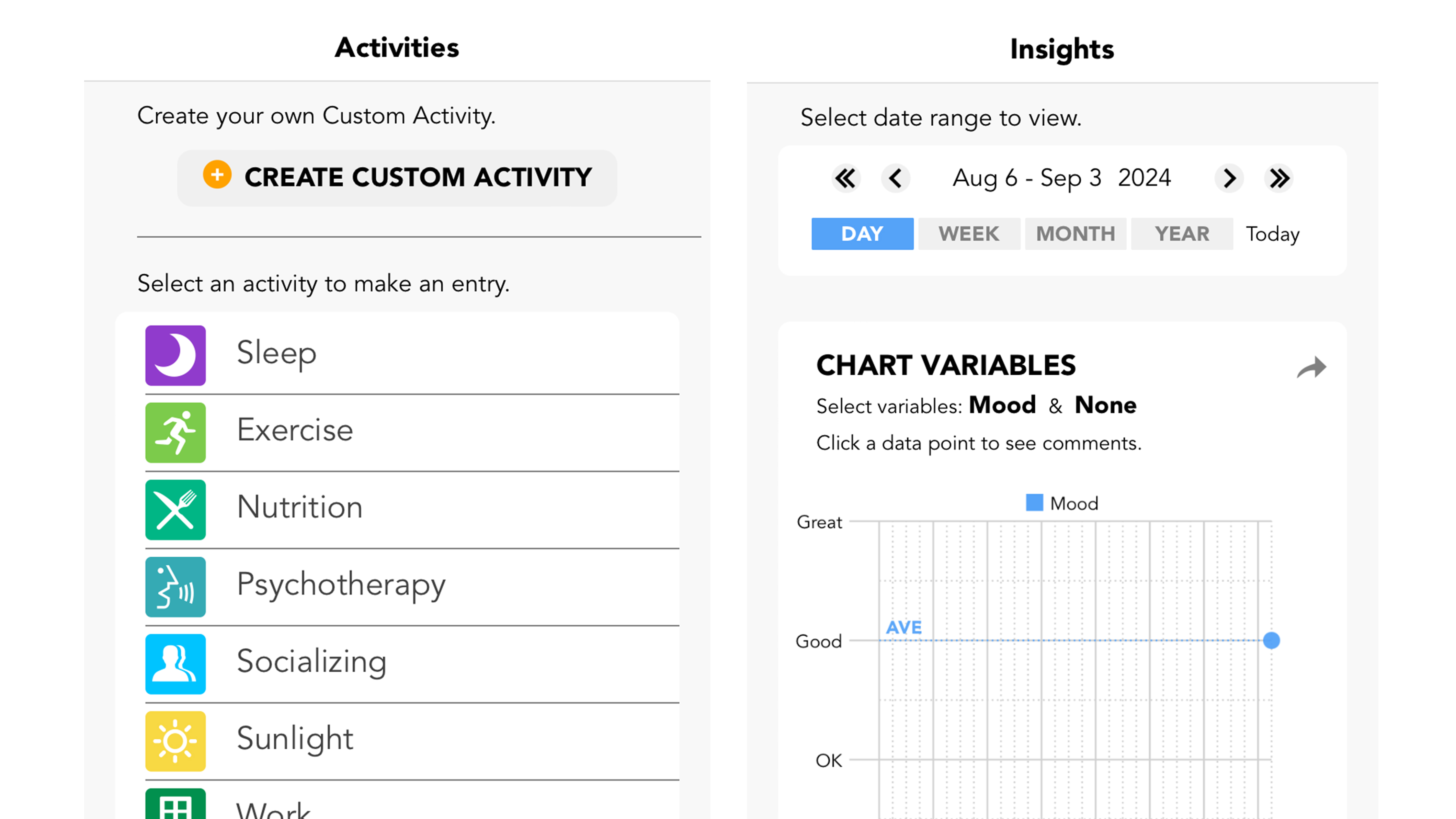You could say goodbye to low mood and negative thinking with the Moodfit app
Homescreen Heroes: Moodfit helps people track their mood and focus on the positives in life

Can I get a show of hands, please? Who, at times, struggles to accomplish goals? Or suffers from low mood? Do you ever find yourself facing a challenge and wishing you were more resilient? I’m not sure if your hand is up but mine is up for all three of those questions.
When it comes to mental health, we all struggle from time to time and there’s absolutely no shame in admitting it. Oftentimes, the sooner we recognize the challenges we face, the easier it is to face them. If we sit in a place of denial, hoping our problems will magically disappear, then we will be ill-equipped to find hope and peace in their midst.
Moodfit has been specifically designed to help people walk this journey of understanding and improve their moods in the process. It utilizes cognitive behavioral therapy (CBT) principles, including mood tracking, thought records, breathing techniques, and my personal favorite, gratitude journaling. All of this, and more, mount up to a pretty powerful set of tools for making some headway into a life of more positive emotions.
This is part of a regular series of articles exploring the apps that we couldn't live without. Read them all here.
When it comes to these types of apps, I usually feel pretty positive and am up for trying new things that might be able to help me out. They always take a fair amount of initial and sustained effort but it’s more often than not completely worth it. The Moodfit app is no different.
When you open it up, you can add a daily goal with a pretty ominous set of options available. Think of this as a Swiss army knife packed with functionality rather than a modern, simplistic app designed with basic intuition in mind. Once you’ve got your head around the potential options and what each one means, you’ll be fine, though.
I started by keeping things simple, choosing to add daily mood, gratitude, and breathing goals. Each of these is remarkably easy to add to your profile but by far my favorite is the gratitude section. This simple feature lets you type in multiple things that you’re grateful for before asking you to sum up the effect of doing so on your mood.

Doing this every day begins to significantly change the way you see life. It is well-documented that carrying out this sort of activity can rewire how your brain processes events and help you focus more on the positive aspects of life. I certainly experienced that during the set of days that I began this routine. I’m now seriously motivated to keep the daily practice going.
Get daily insight, inspiration and deals in your inbox
Sign up for breaking news, reviews, opinion, top tech deals, and more.
Along with recording what I was grateful for, I also loved the breathing exercises that form a core part of the app. Options include square breathing, alternate nostril breathing, and ha breathing. I spent a lot of time carrying out these types of breathing exercises when I gave the Oxa breathing wearable a run-out. This app won’t provide any biofeedback but it does guide you through the breathing exercises. I found it very helpful for resetting my moods and enabling me to get back on an even keel.

One of the great things about this app is that even though it has a ton of functionality, you only need to engage with the features you want. It’ll still provide you with a range of insights to help you better understand and manage your mood. As and when time allows, you can then add more activities to your daily repertoire.
Using the Moodfit app provided me with an incredible reset. In the midst of a busy life with many demands, having a reason to slow down and check in with my body has begun to pay great dividends. With the summer over and everyone going back to jobs, schools, and universities, maybe now is as good a time as ever to download an app like Moodfit.

The app is available as a free download, although the feature set is pretty limited. If you want access to the premium features, including breathing, nervous system tracking, and the CBT thought record, then you’ll have to upgrade. It’ll cost you $8.99 per month, although there is a 7-day free trial.
Paul is a digital expert. In the 20 years since he graduated with a first-class honours degree in Computer Science, Paul has been actively involved in a variety of different tech and creative industries that make him the go-to guy for reviews, opinion pieces, and featured articles. With a particular love of all things visual, including photography, videography, and 3D visualisation Paul is never far from a camera or other piece of tech that gets his creative juices going. You'll also find his writing in other places, including Creative Bloq, Digital Camera World, and 3D World Magazine.